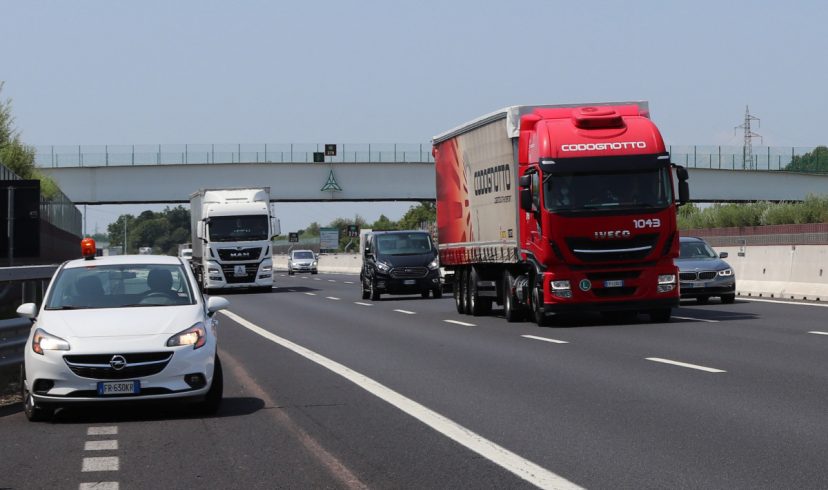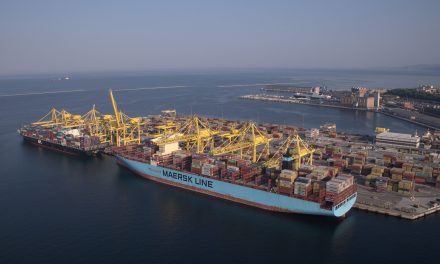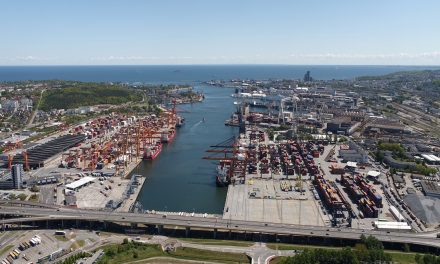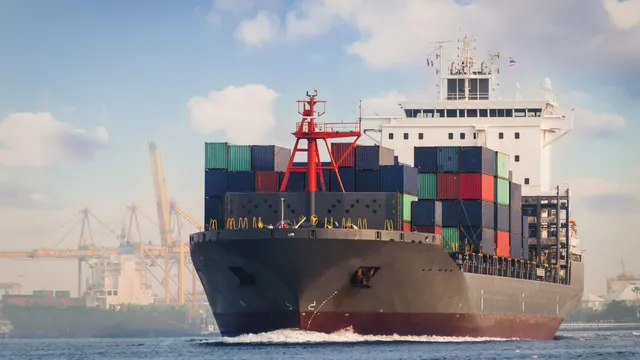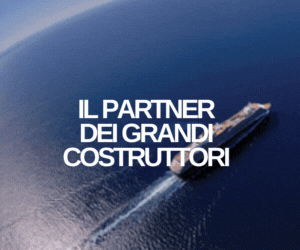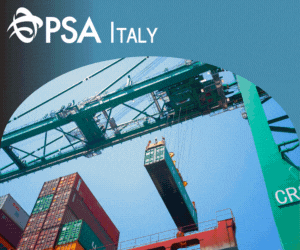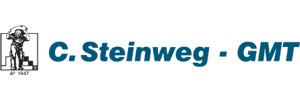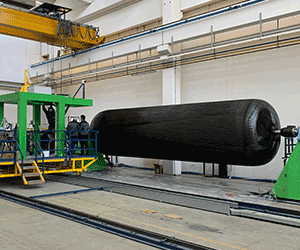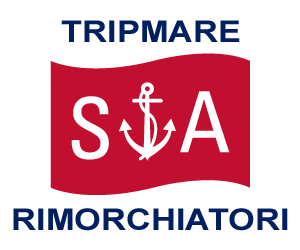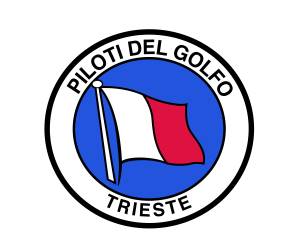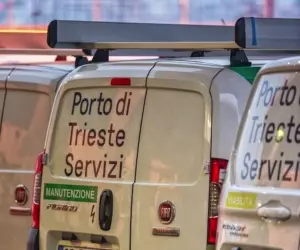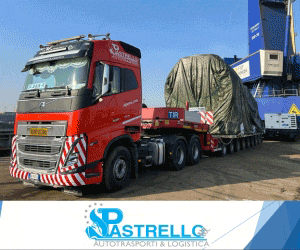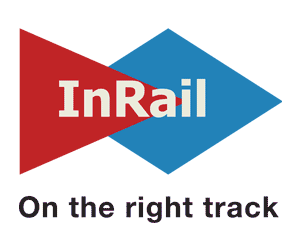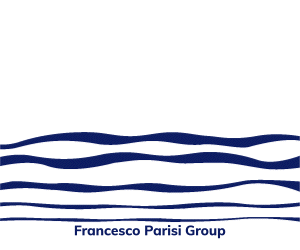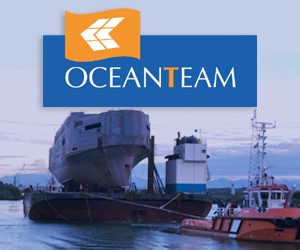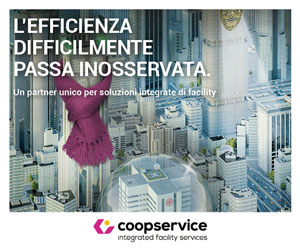TRIESTE – Over the past few days, road tests have been carried out on the Autovie Venete network on the system that will enable heavy vehicles equipped with assisted driving to communicate with the motorway thanks to Wi-Fi and 4G technology.
The tests – which took place on two stretches, on the A57 between Terraglio and Venezia Est and the three-lane section of the A4 between Venice Est and San Donà di Piave – involved two Iveco articulated trucks, one Codognotto articulated truck and the Polytechnic of Milan. The results are currently being validated.
The tests are part of the C-Roads Italy project, presented today in Trento at the headquarters of Autostrada del Brennero (partner together with Autovie and Cav). The project aims to improve the freight transport system and traffic management, increase road safety and reduce environmental pollution. Especially the latter is a critical issue in this phase of commercial revival after the pandemic, in which we are witnessing a resumption of heavy vehicle traffic.
CRF (Centro Ricerche Fiat), IVECO, Politecnico di Milano, TIM, Azcom Technology, Codognotto Italia S.p.A and the Ministry of the Interior are also involved in the experimentation, coordinating the Italian Ministry of Infrastructure and Sustainable Mobility and Nicom srl. In particular, in the first phase, the staff dealing with innovation in the Information Technology sector of the Concessionaires developed special software to harmonize the communication methods of the radio centres towards the transmission infrastructure at the roadside. This is an important development for communicating with trucks and cars equipped with specific onboard instrumentation. In addition, the three concessionaires installed, along part of their network, specific antennas capable of transmitting the traffic events being tested to the vehicles. Over the last year, Autovie Venete has installed 22 devices (on the A57 and the A4 from Terraglio to San Donà and on the A28 from Pordenone to Conegliano), covering a total of 44 kilometres.
The first road tests concerned some events such as warnings of construction sites, the presence of vehicles stopped in the emergency lane or in slow motion. The events managed by the Radio Information Centre were sent to the antennas and then – in the form of a coded message – to the heavy vehicles equipped with the special onboard instrumentation. During the tests, the two Iveco articulated vehicles also tested platooning, a method that allows these vehicles connected to each other via the wireless system to travel in column and to choose the optimal route, the speed to be adopted, and the distance to be maintained, in maximum safety and with a reduction in environmental impact.
Other tests will follow in the coming days on the Autovie Venete network, also involving the Fiat Research Centre. The C-Roads Italy project, in which Autovie has invested 500,000 euros over three years (50% financed by the European Commission through the Connecting Europe Facility programme), will end in December 2021. However, the next phase of the initiative (C-Roads Italy 3) is already ready to go, with Autovie planning to install antennas along the new section of the third lane of the A4 motorway (from Alvisopoli to Gonars) by 2022 and then to extend the service being tested.
Autovie Venete, heavy vehicle assisted driving tests started
